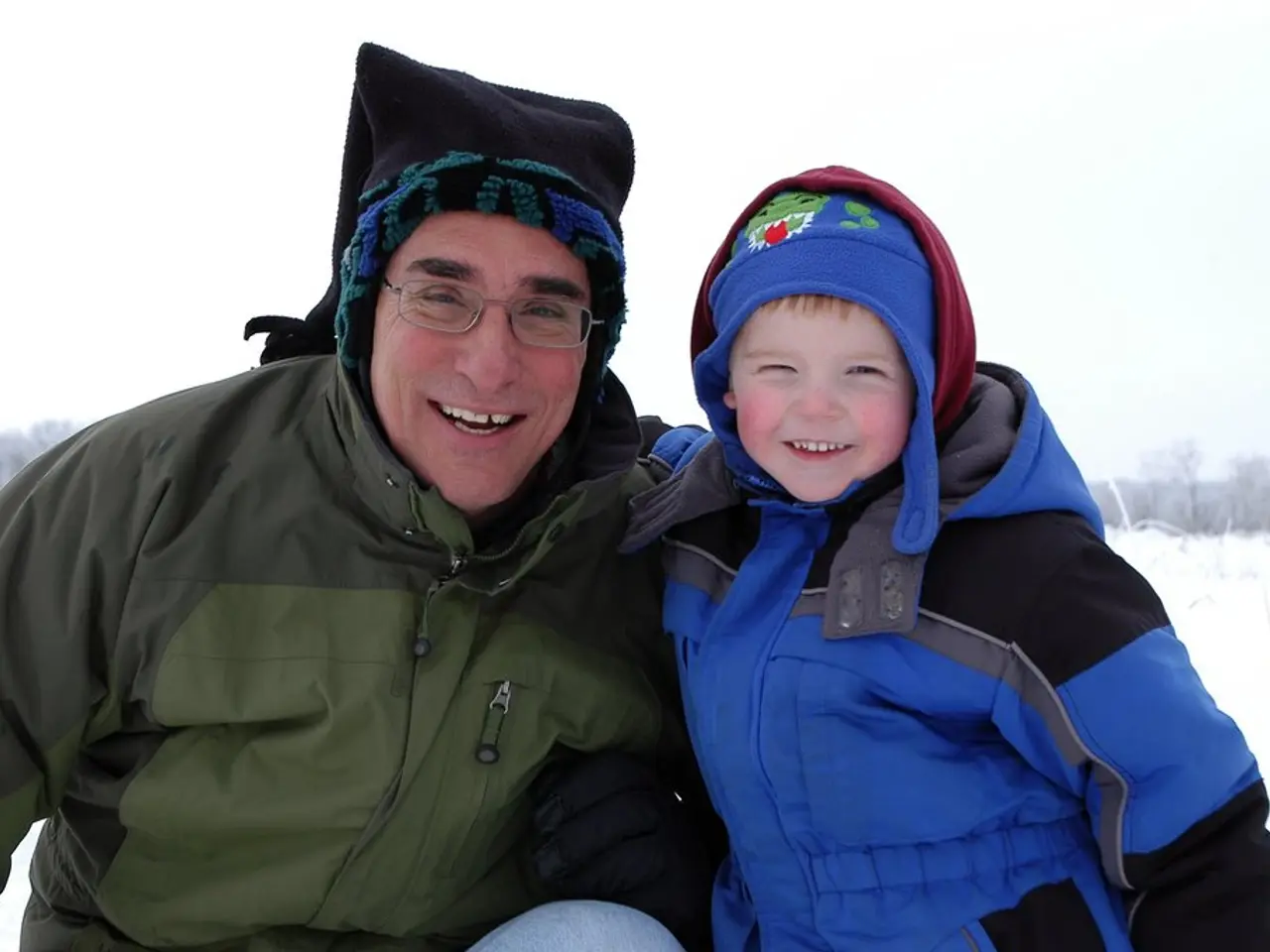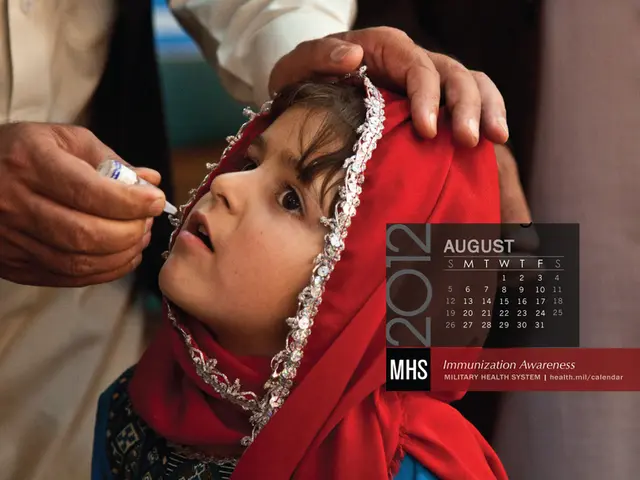Children's Health and Climate Impact Report
=========================================================================================
In the United States, the health risks associated with climate change for babies, children, and adolescents are becoming increasingly apparent. A range of studies and reports have detailed the multifaceted nature of these risks.
Health Risks Overview
Children, due to their developing bodies and inability to adapt to extreme conditions, are particularly vulnerable to various health issues. Heat-related illnesses, respiratory and dermatologic diseases, and water and vector-borne diseases are among the key risks identified.
- Heat-Related Illnesses: Young children, including infants, are at a higher risk of heat-related illnesses, particularly in homes without air conditioning.
- Respiratory and Dermatologic Diseases: Rising temperatures and increased pollutants contribute to an increase in asthma and other respiratory diseases, as well as dermatologic conditions.
- Water and Vector-Borne Diseases: Heavy rainfall and flooding can contaminate water sources, leading to gastrointestinal illnesses and vector-borne diseases like West Nile virus and Lyme disease.
Specific Age Groups
Babies
Extreme heat is linked to higher rates of preterm births, stillbirths, low birth weight, and congenital defects. For every increase in temperature, the risk of infant death significantly grows. High temperatures can also lead to pregnancy complications such as preeclampsia.
Children
Climate change expands the habitat ranges of insects and ticks, increasing the risk of diseases like West Nile virus and Lyme disease. Flooding and runoff introduce pollutants into water sources, leading to more frequent gastrointestinal illnesses.
Adolescents
Young athletes are at a higher risk of heat stroke and other heat-related illnesses during physical activities. Extreme weather events can cause toxic stress, leading to increased risks of PTSD, anxiety, depression, and behavioral problems, which can affect brain development and fuel long-term mental health crises.
Vulnerable Populations
Children of color and low-income households are disproportionately affected by climate change due to environmental and socioeconomic inequities, increasing their vulnerability to health impacts.
Case Studies
- A pre-teen experiences mental struggles after coastal relocation due to sea level rise.
- A child experiences diarrhea following heavy rains and water contamination.
- A pregnant woman experiences high temperatures.
- An island-bound family faces food insecurity.
- A school-aged child contracts Lyme disease from tick-borne illness.
- Mold exposure triggers a respiratory illness in a young child.
- A teenager experiences heat stroke during athletic activities.
- Power outages impact the food safety of a toddler.
- A child in a subsistence fishing community experiences food sickness due to extreme weather.
- A baby develops Blue Baby Syndrome due to contaminated private well water.
Reports and Studies
While not specifically detailed in the provided literature, UNICEF's reports generally highlight the disproportionate impact of climate change on children globally, emphasizing the need for urgent action to protect their health and well-being. Studies like the Generation R study and perspectives published in journals such as Communications Medicine underscore the long-term health risks associated with climate change, including increased stress, reduced brain connectivity, and impaired development.
[1] CDC (2020). Climate Change and Children's Health. Retrieved from https://www.cdc.gov/climateandhealth/effects/children.htm [2] AAP (2019). The Impact of Climate Change on Children's Health. Retrieved from https://www.aap.org/en-us/about-the-aap/aap-press-room/news-features-and-safety-tips/pages/Impact-of-Climate-Change-on-Childrens-Health.aspx [3] EPA (2020). Children and Climate Change. Retrieved from https://www.epa.gov/climate-kids/children-and-climate-change [4] WHO (2018). Climate Change and Health: Impacts, Vulnerabilities and Adaptation. Retrieved from https://www.who.int/publications/i/item/9789240015122 [5] ATSDR (2019). Climate Change and Human Health in the United States: Impacts, Vulnerabilities, and Adaptation. Retrieved from https://www.atsdr.cdc.gov/phpr/climatechange/impacts_human_health.html
- The land becomes a significant concern as rising temperatures and pollution lead to climate change, impacting the health of babies, children, and adolescents, especially in homes without air conditioning, increasing their risk of heat-related illnesses.
- In addition to heat-related illnesses, climate change contributes to an increase in asthma and other respiratory diseases, as well as dermatologic conditions, due to the rise in pollutants in the air.
- Water sources can be contaminated by heavy rainfall and flooding, leading to gastrointestinal illnesses and vector-borne diseases like West Nile virus and Lyme disease, which pose risks to children and adolescents.
- The environmental science community has emphasized the long-term health risks associated with climate change, including increased stress, reduced brain connectivity, and impaired development, as detailed in reports and studies.
- Vulnerable populations such as children of color and low-income households are disproportionately affected by climate change, impacting their health and wellness due to environmental and socioeconomic inequities.




